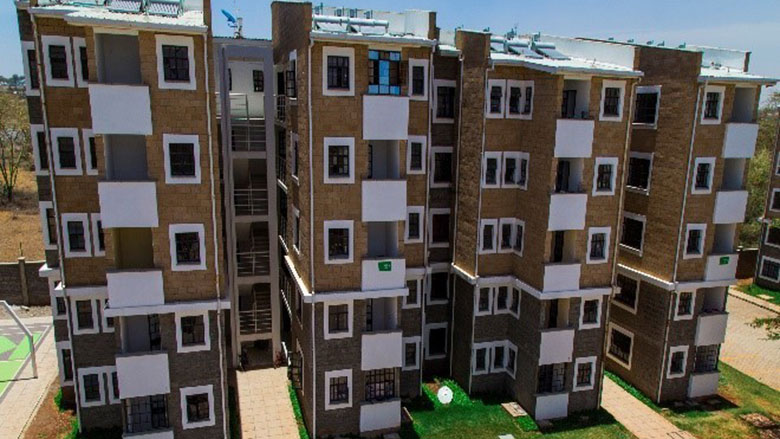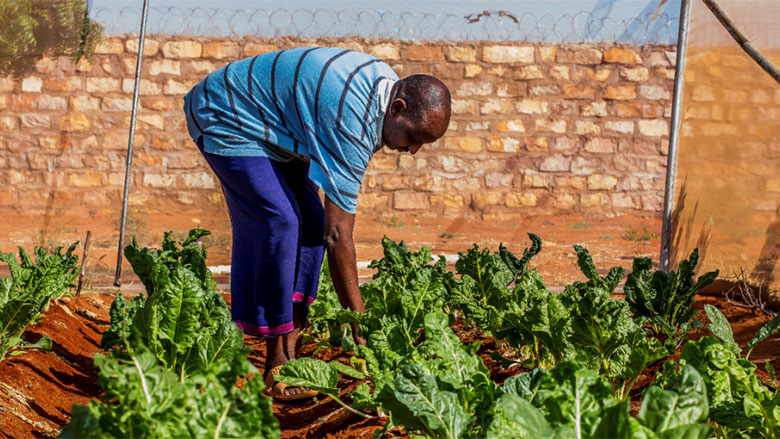Challenge
Kenya’s economy had been performing well. Real Gross Domestic Product (GDP) expanded at an annual average rate of 5.8 percent in the decade to 2019, lifting per capita income into the lower middle-income country range. However, achieving this good performance required a heavy public spending and investment effort, which contributed to sizable fiscal deficits and an increase in the government debt burden. It became clear that sustaining inclusive growth would depend on making additional critical reforms to open up more economic opportunities in key sectors and expand the role of the private sector to invest – helping to finance the government’s ambitious development agenda, realize efficiencies, and create jobs.
Approach
The World Bank Group worked with the government of Kenya on a package with priority legal and institutional reforms. These were centered around furthering the government’s “Big 4” agenda to drive inclusive growth and development, namely: food security, affordable housing, universal health coverage, and manufacturing. To drive progress towards this overall agenda, measures were also identified to crowd in private investment, and to enhance fiscal management, thus boosting the public sector’s capacity to deliver, increasing transparency, and helping to preserve fiscal sustainability.
The achievement of the government’s identified reforms was supported by World Bank Development Policy Financing (DPF) – the “Kenya Inclusive Growth and Fiscal Management” DPF, comprising two operations approved in May 2019 and in May 2020.
Results
- More efficient support for farmers. Agriculture is a cornerstone of Kenya’s economy, accounting for about 60 percent of employment. The DPF helped modernize the distribution of government input subsidies, moving from a paper-based to an e-voucher system, whereby farmers can buy certified inputs from private providers. The result is a better-targeted subsidy, higher yields, and reduced market distortions. It is also the end of the rent-seeking encouraged by the old system, and new opportunities for private suppliers.
- Improving commercialization opportunities in agriculture. A new Warehouse Receipt System and Commodities Exchange System have been established, and government purchases for the national strategic grain reserve are now done at market prices. This helps farmers reduce post-harvest losses due to storage problems (estimated at up to 35 percent), reduces exploitation by middle-men, and improves access to credit, as well as crowding in private investors.
- Increased availability of credit. In 2016, Kenya’s parliament had capped bank lending rates to reduce credit costs. However, the measure was counterproductive as it caused credit to be rationed and locked many small businesses out of the market. Its repeal removed an impediment to private credit growth and improved monetary policy transmission.
- More private investment in affordable housing. Kenya has a large affordable housing gap, and urgently needs more private investment to fill it. The DPF supported new mortgage refinance regulations to channel fresh investment into the sector through a new Kenya Mortgage Refinance Company. New legislation removed bottlenecks and regulatory uncertainties weighing on affordable housing construction. These efforts have stimulated equity investment from commercial banks and the International Finance Corporation.
- Improving transparency in public procurement. A new information portal (www.tenders.go.ke) makes procurement information publicly available, providing details on tens of thousands of tenders, contracts, and suppliers. The names of awarded companies, company directors, and contract amounts are now published.

World Bank Group Contribution
The World Bank undertook analysis and provided technical assistance to support the reform package, and disbursed approximately $750 million in International Development Association (IDA) credit for each of the two operations of the DPF. In addition, the financing under the second operation, approved in May 2020, was augmented with a $250 million International Bank for Reconstruction and Development (IBRD) loan, helping to meet Kenya’s increasing government financing needs due to the COVID-19 crisis.
Partners
Preparation of the DPF benefited from the support of the Development Partners Group (DPG), the country platform that engages with the government to discuss Kenya’s development priorities and challenges. The DPF complements the European Union’s budget support to Kenya, linked to the public finance management reform strategy. The second DPF disbursement, in May 2020, came shortly after the International Monetary Fund provided $739 million in balance of payments support to Kenya under its Rapid Credit Facility, thus providing complementary multilateral financing support to Kenya as the COVID-19 crisis unfolded.
Moving Forward
Preparation of this DPF preceded the COVID-19 pandemic, but the approval of its second operation in May 2020 was timely, helping to fill the additional financing gap generated by the shock to Kenya’s economy. In Kenya, and around the globe, responding to and staging a resilient recovery from the crisis now dominates policymakers’ agendas. The World Bank Group is working closely with the government to navigate the current crisis, whilst maintaining a line of sight to Kenya’s long-term development goals, and ensuring that the gains from the recent reforms, including those supported by the DPF, are safeguarded and deepened.
Beneficiaries
Smallholder farmers, who account for the majority of Kenya’s workforce and over half of whom are women, have benefited directly from the measures supported by the DPF, which has also boosted economic opportunities in rural areas. Going forward, the number of farmers benefiting from the new e-voucher is expected to reach 150,000 by 2021, of which at least half are targeted to women. Also, by 2021, at least 20,000 privately financed affordable homes are expected to be built. Overall, by contributing to a stronger economic policy framework, better fiscal management, and helping to meet the government’s financing needs at low cost, the DPF aims to support Kenya’s economy and all the country’s citizens.
